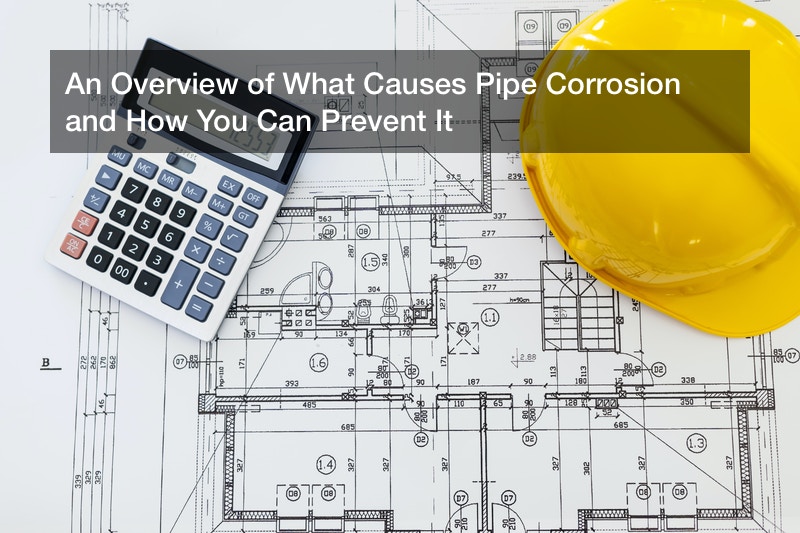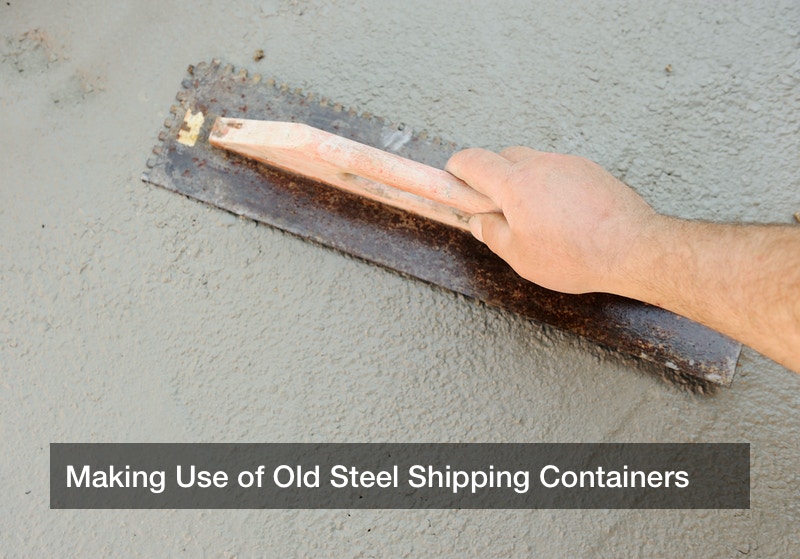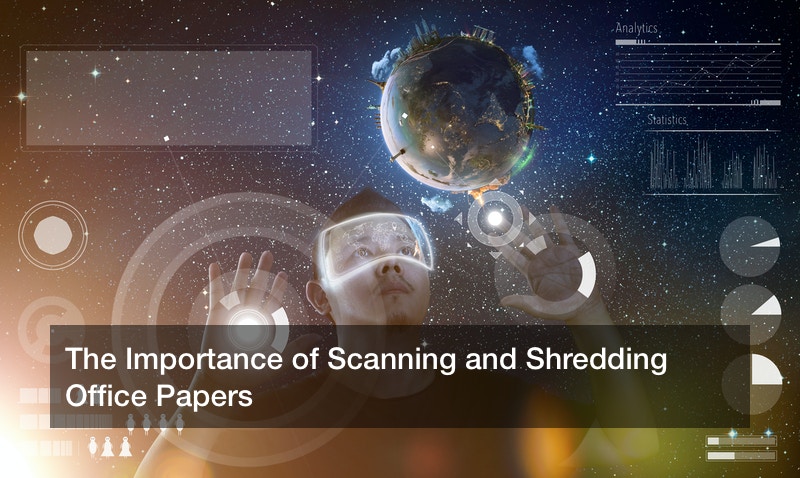A Basic Overview of LIDAR Surveying Technology for Vital Infrastructure Needs


Updated 4/26/22
LIDAR-based surveying is becoming the preferred technology for surveying and mapping and branches of land surveying can benefit from it. Here are some of the benefits of using LIDAR:
It Is Affordable
Because it is accurate and efficient, LIDAR reduces costs compared to traditional methods. It also saves time, which is money. Field surveyor work can involve the use of LIDAR digital survey equipment and data and take fewer hours than if the surveyors had collected data with conventional construction survey tools and methods.
Speed and Accuracy
This is the most obvious benefit of using LIDAR surveying technology. This technology allows for more detailed data about areas such as bridges, tunnels, and other infrastructure projects than traditional surveying techniques cannot capture. This leads to shorter project times, lower costs, higher quality work, and generally happier clients.
Safety and Efficiency
LIDAR surveying technology can be used in place of costly or dangerous methods such as helicopter surveys, where employees are required to provide manual survey services from the air — putting themselves at risk for accidents or injuries.

LIDAR is an acronym for Light Detection and Ranging, according to United States Department of Commerce’s National Oceanic and Atmospheric Administration (NOAA). This technology, which is a method of remote sensing, utilizes a pulsed laser in order to measure variable distances. In addition to the data obtained from these light pulses, other data is collected and utilized in order to produce 3-dimensional information regarding the Earth’s precise shape and surface characteristics.
The NOAA explains that the instrument itself consists of the following parts:
- Laser
- Scanner
- Specialized GPS receiver

Since LIDAR surveying and photogrammetry is conducted while airborne, helicopters and airplanes are usually used in order to obtain data from large geographical areas, according to the NOAA. In addition to topographic LIDAR, there is also bathymetric LIDAR. The former usually utilizes a near-infrared laser to conduct mapping, while the latter utilizes water-penetrating green light in order to obtain elevation measurements of the seafloor and riverbeds.
Photogrammetry is a process that is mostly used to translate 2 or more 2-dimensional images into 3-dimensional models or measurements. During this process it will analyze and compare 2-dimensional photographs.
LIDAR technology is used in a variety of situations in order to collect essential data on natural terrain and man-made structures. It is used, for example, to assess the structural design and integrity of existing bridges, roads, and dams.
There are serious issues with over 25% of the bridges in the United States. This is because they are either in need of major repairs or are burdened with more traffic than they were designed to accommodate.
The major roads throughout the United States are also in need of repair. Over a third of these are estimated to be in either poor or mediocre condition. While the reasons for this vary, traffic is a significant cause. While more than 50% of the interstate miles throughout the country are at 70% of their traffic capacity, almost 25% of these miles exceed 95% capacity.
The American Society of Civil Engineers claimed that more than 4,095 dams in the United States are “unsafe.” Furthermore, since 1874, over 33% of the dams that have failed or nearly failed occurred during the past decade.
In order to address these and other issues, such as new bridge, road, and dam construction, LIDAR surveying is an important tool. Given the importance of transportation planning as well as addressing existing infrastructure issues, geotechnical engineering firms are available for consultations.


